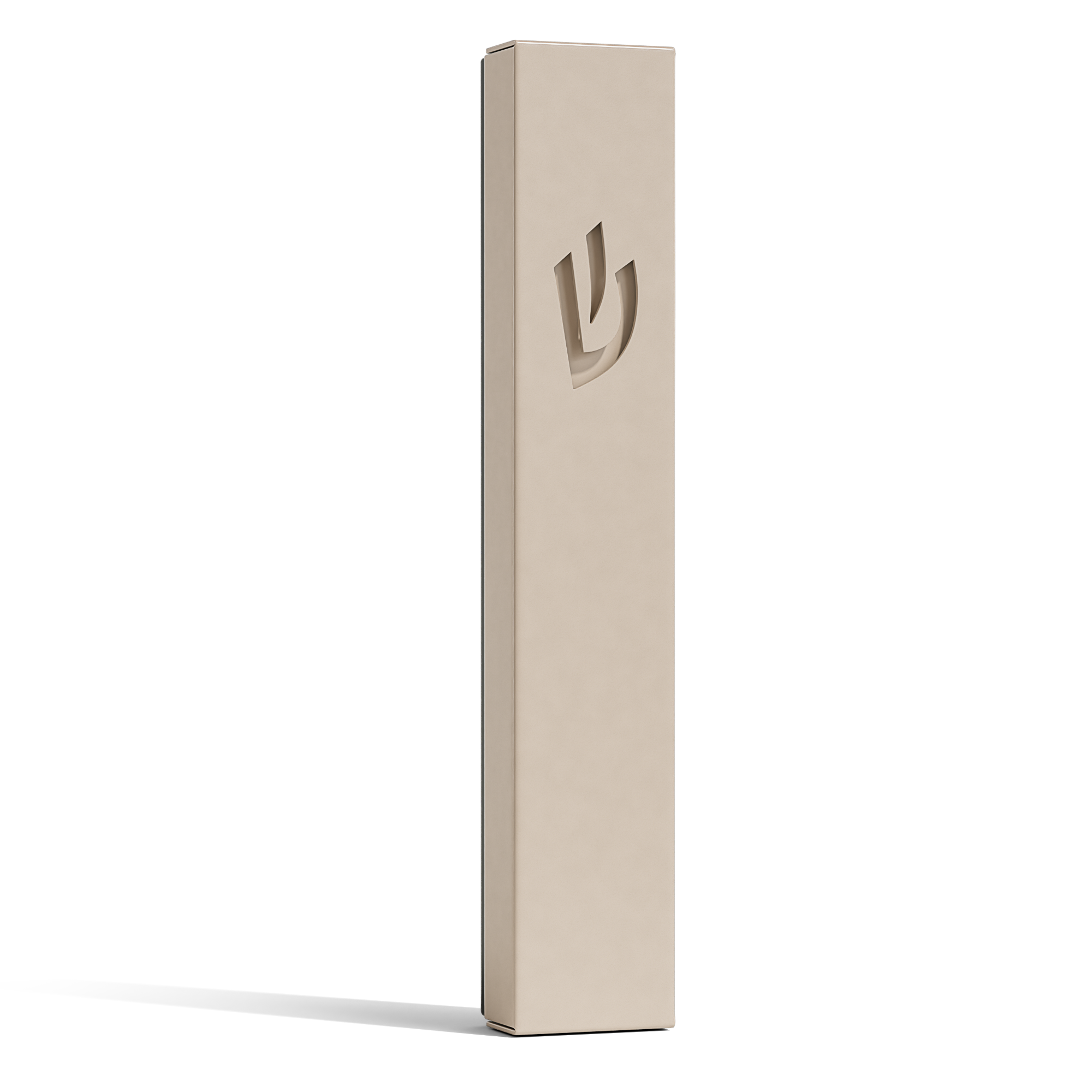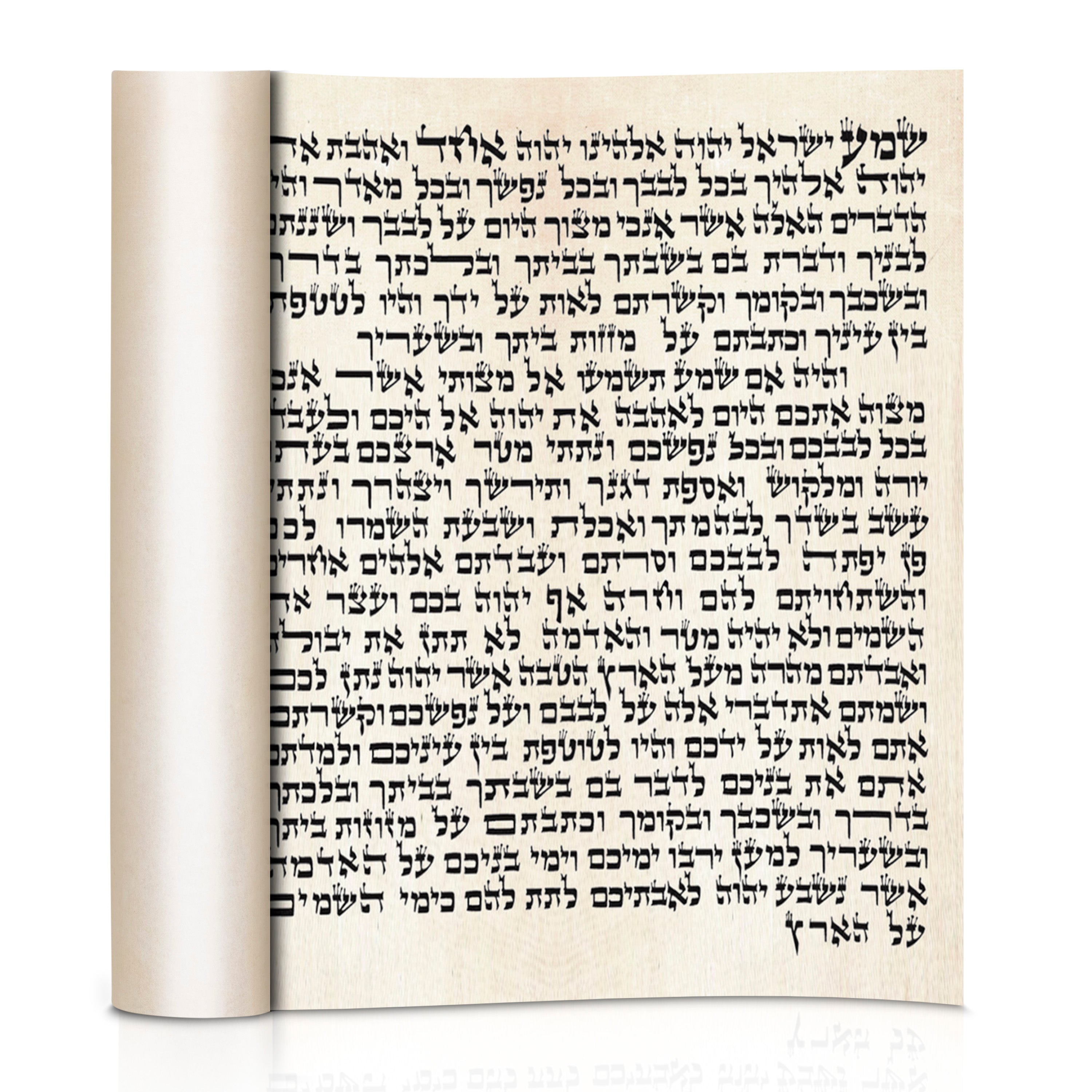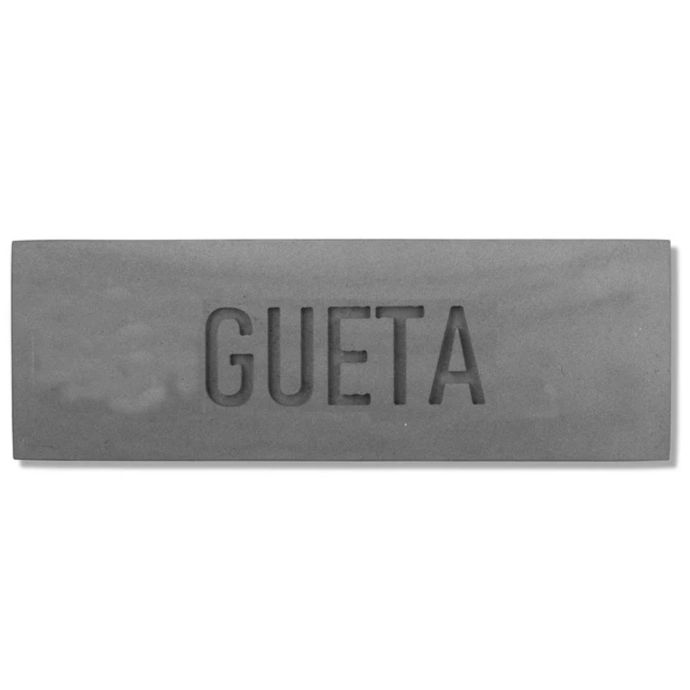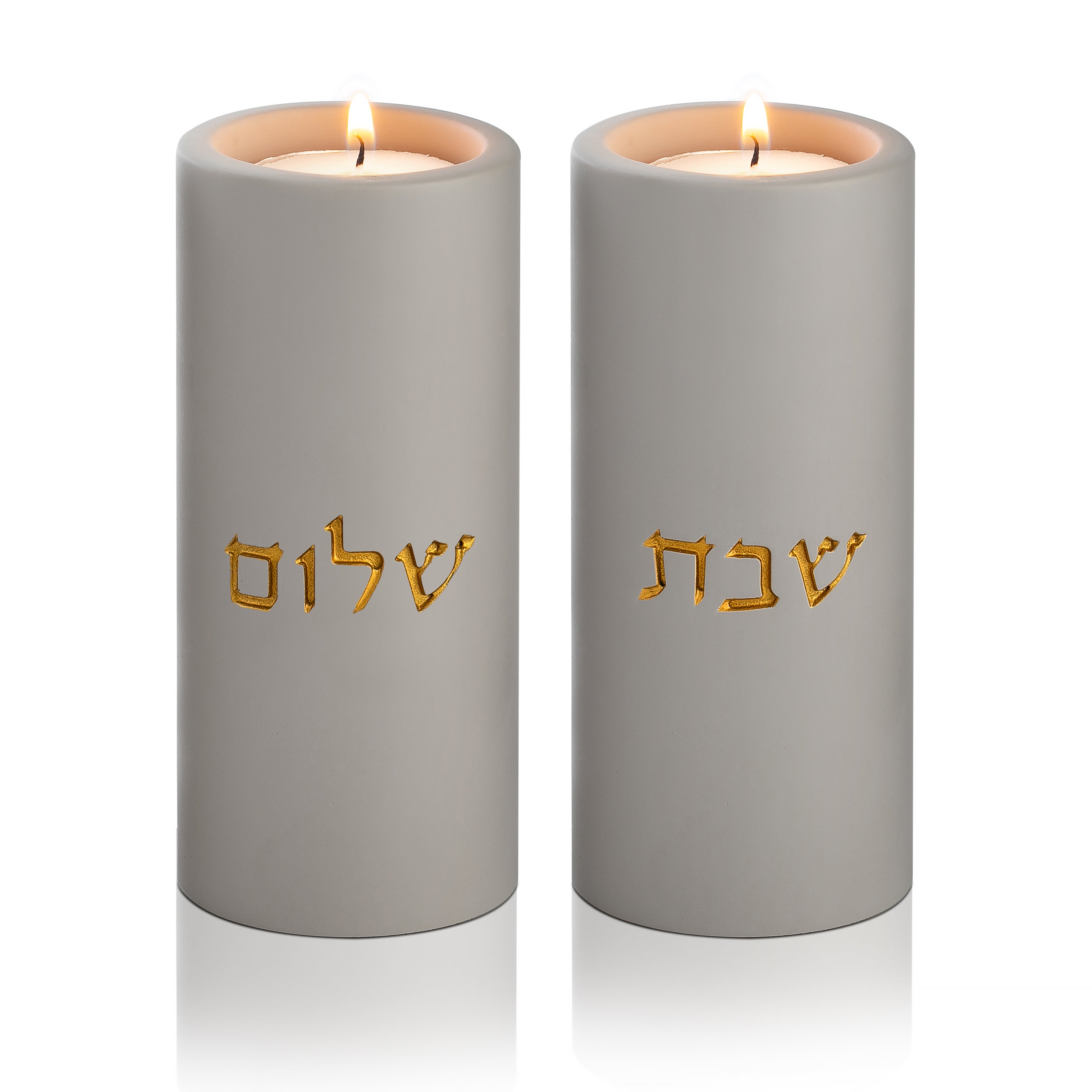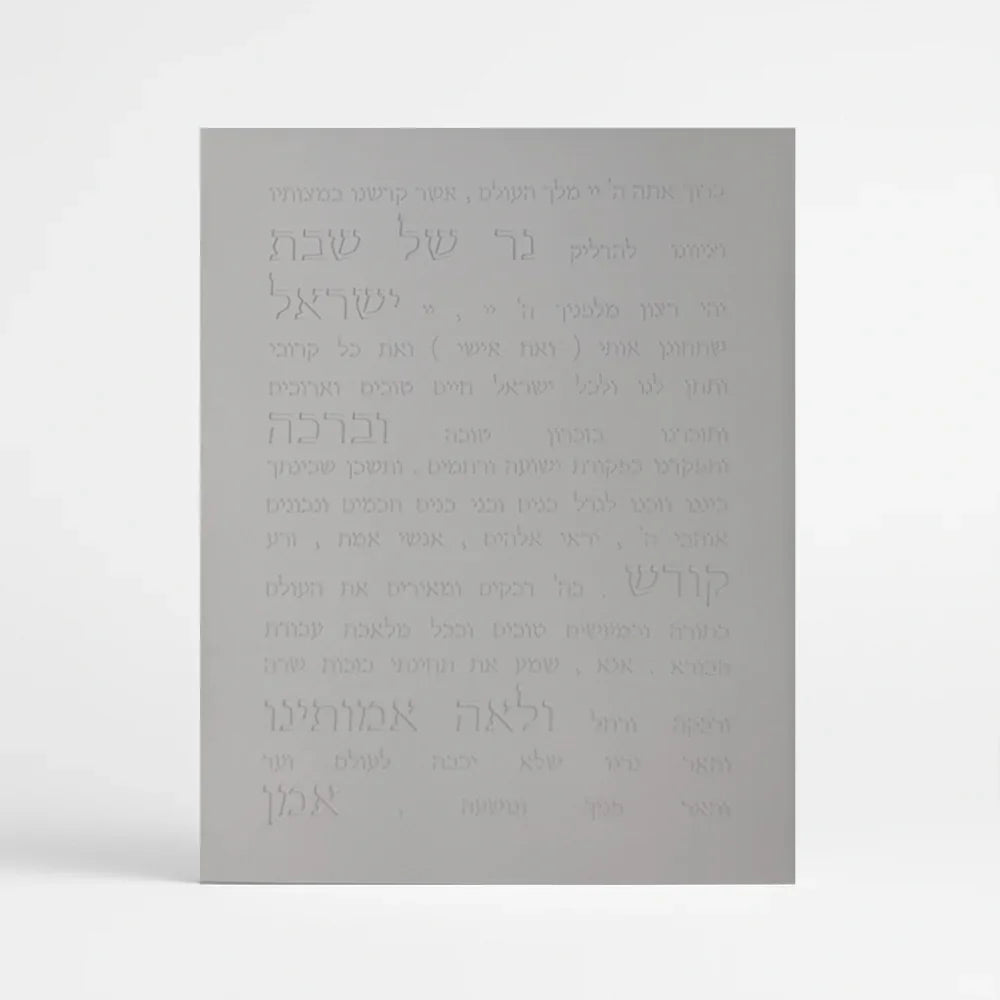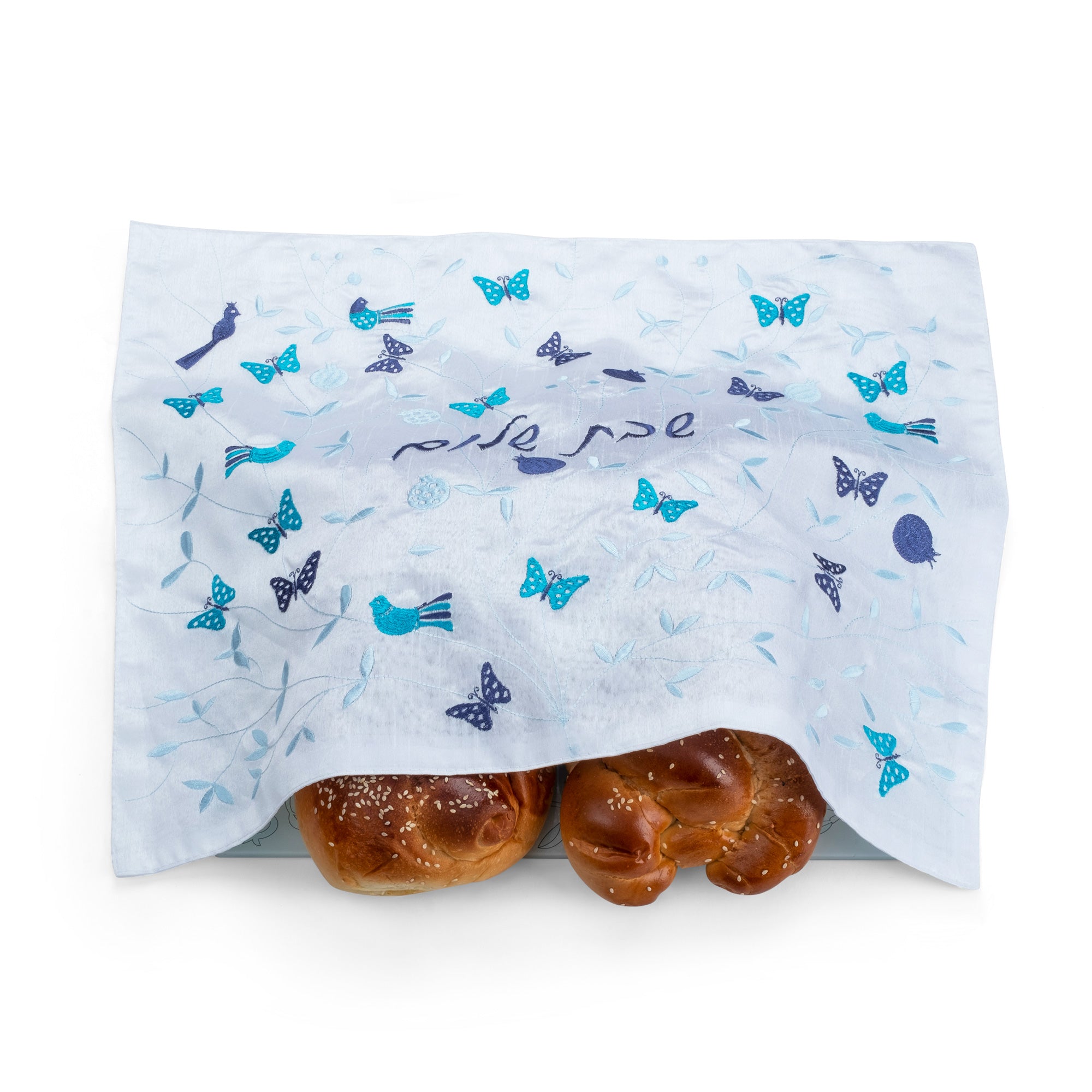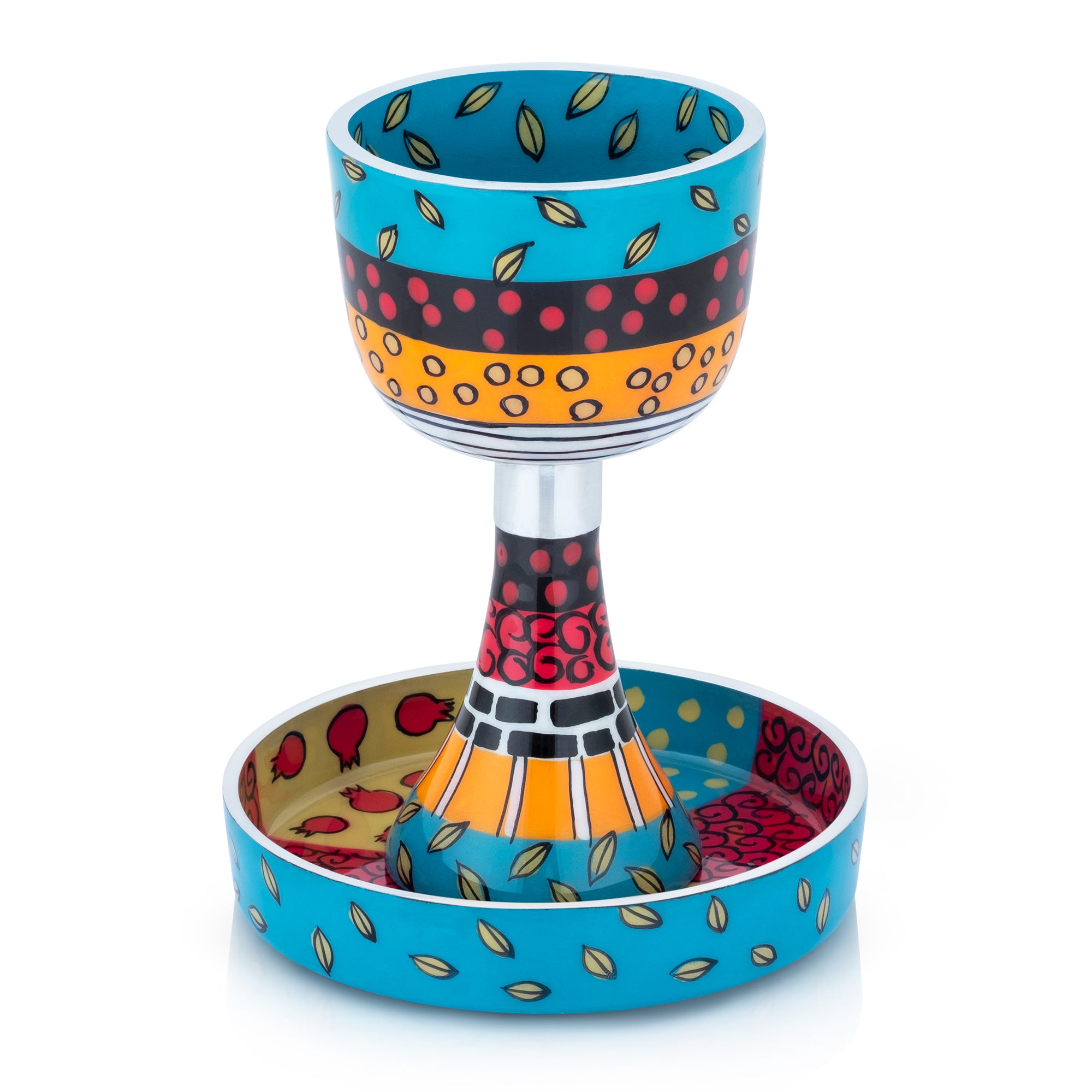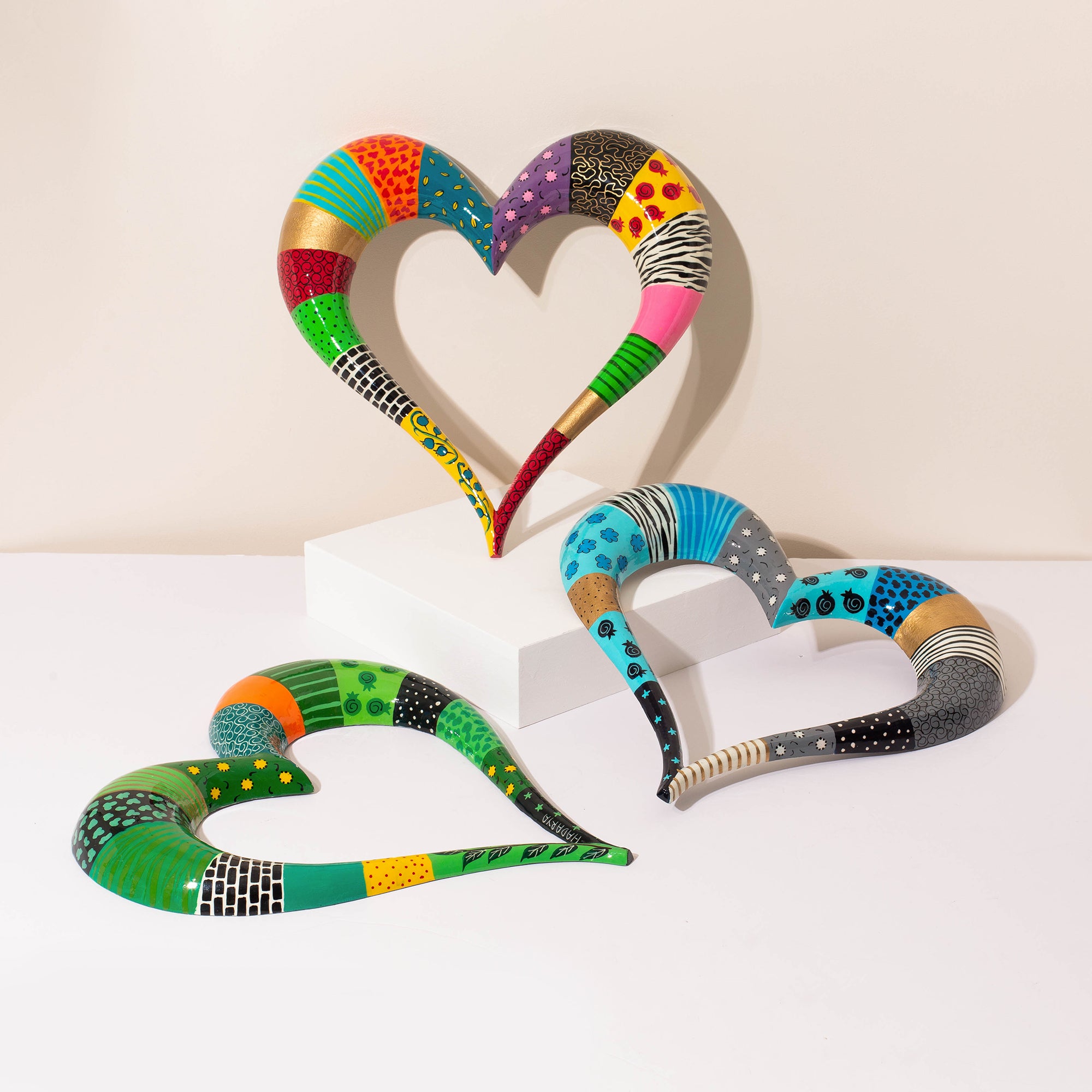All About Judaica: Essential Information for Beginners
Judaica is the name used to refer to Jewish ceremonial art.
This type of art can include a wide array of different items and objects that are most commonly used for ritual purposes. Still, the fact that they have a ritualistic purpose doesn’t mean that they’ll not be beautiful objects.

With Judaism having such a long tradition of ritual objects, it is only natural that so many artists and craftsmen have dedicated their time to the creation of beautiful art. If you want to learn more about Judaica, here are the top 10 things that you will want to remember.
Purpose
Most Jewish Ceremonial art is created for specific ceremonies and rituals. A kiddush cup for example is used for benediction and is an important part of reciting prayers over wine before the eve of a festival or Sabbath. Its purpose as a ceremonial object is the most important part of the Kiddush and every other Judaica item as they can often signify specific parts of the ritual that they are used.
The use of Text
Judaica will often incorporate words from the Hebrew Bible. These often add to the sanctity of the objects as they can refer to specific teachings and moments that they want to remember during their everyday life or celebrations.

Different rituals and celebrations require different Judaica
Perhaps one of the most unique aspects of this tradition is that many items are specifically designed to be used during specific rituals or celebrations.
Shabbat which is one of the most important Jewish celebrations will often require many different specific items. These include:
- Kiddush cup
- Shabbat candlestick holders
- Challah cutting board
- Havdalah spice box, candles, and candle holders

All of these items play an important role during the celebration of Shabbat, but despite their main purpose being ceremonial, they are also created to be beautiful. This beauty is another way of honoring a ritual or tradition.
Judaica items during Hannukah
Even for non-Jewish people the Judaica items used during Hannukah are some of the most well-known items. The Hanukkah Menorah, sometimes referred to as hanukkiah, is an integral part of the celebration and it can come in many different designs. Many modern-day menorahs will be gold plated, while others may have visual depictions of Israel and Jerusalem. All of these decorations on the menorah can act as a reminder of the long tradition that the Jewish people have upheld over the years.
Judaica holding Guinness World Records
Many Judaica items have received worldwide recognition through the Guinness World Records. A great example of this includes the most valuable Dreidel which was valued at $70,000 and the largest menorah in the world which was designed by Yaacov Agam. The Menorah in question is 32 ft tall, 28 ft wide, and weighs 4,000 lb.
Judaica can often be seen in books
It is a common tradition for books to be heavily embellished. Most commonly the Passover Haggadah is embellished with intricate decorations. This tradition dates back to the Middle Ages and some of the oldest decorated Haggadah we have found date back to the mid-14th century.
Museums with important Judaica collections
Jewish ceremonial art has garnered the attention of many different museums and institutions. As such many museums hold important collections of Judaica with them. Prime examples include the Jewish Museum in London, the Musée d'Art et d'Histoire du Judaïsme in Paris, the North Carolina Museum of Art, and the Contemporary Jewish Museum of San Francisco.
Judaica in auction houses
Apart from Judaica being incredibly prevalent in museums, there are many beautiful Jewish art pieces in some of the biggest auction houses in the world, including Christie’s, Sotheby's, and Bonhams-New York. These auction houses hold regular auctions for the sale of Judaica items.
Judaica in gifts
It is extremely common to give Judaica as gifts at weddings, during Hannukah, in Bar or Bat mitzvahs, and even as housewarming gifts.

Judaica can make extremely thoughtful gifts and most Jewish people will appreciate receiving gifts that have such deep cultural and religious importance.
Religious Art
Above all else, Judaica is religious art which means that every decoration and design connects the owner of the items with the Jewish faith and traditions. This connection can be achieved in many different ways, including through the depiction of religious places, and symbols or with the inclusion of important texts.

In conclusion
Judaica encompasses a rich tradition of Jewish ceremonial art that combines beauty with purpose. These artistic creations hold significant religious and cultural importance, serving as integral components of various rituals and celebrations.
With their incorporation of Hebrew Bible texts, specific designs for different ceremonies, and recognition in museums and auction houses, Judaica items embody the deep connection between individuals and the Jewish faith.
Whether admired in museums, cherished as gifts, or showcased in religious settings, Judaica art continues to honor and preserve Jewish traditions, reminding us of the enduring legacy and creativity of the Jewish people throughout history.
